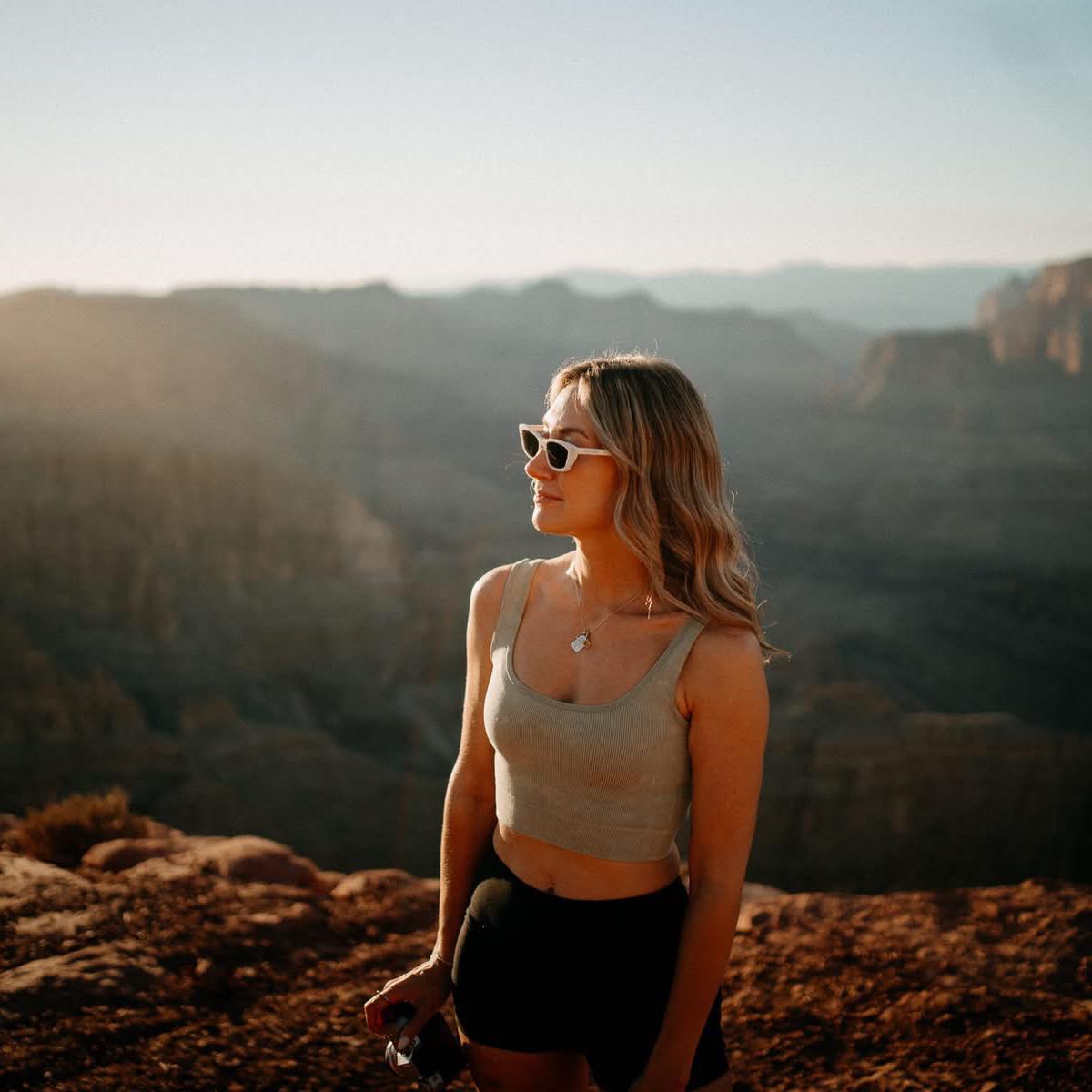he potential for using social media to grow your photography client base is endless!
Thanks to platforms like Instagram, Facebook, TikTok, and Pinterest, you can get your work directly in front of millions of people ready to buy your prints or book your services. The best part is, many social media apps are highly visual, making them perfect for photographers.
If you’re ready to start sharing your photos online, you might be wondering where to start. What are the best social media apps for photographers? How can you set up your profiles and create an effective social media strategy? What type of content should you post?
Here’s everything you need to know to get started on socials as a photographer.
Choose your social media platforms
The social media world is not a monopoly. There are many great social media platforms to choose from, each with its own unique features and benefits. When you’re getting started on socials, it’s a good idea to choose two or three highly relevant platforms to focus on. This way, you can make sure you’re channeling your time and energy in the most effective way.
The best social media apps for photographers are those that focus heavily on visual communication. These apps will allow you to create your photography portfolio online, and get it in front of your target audience.
For photographers, Instagram, TikTok, and Pinterest are an excellent starting point. All three platforms favor visual content, offering great reach opportunities for users who post high-quality and engaging photos and videos. The best part is, you can use a social media scheduling app like Plann to effortlessly repurpose your content across multiple platforms without any additional effort.
Write your social media bio
Your social media bio is an incredibly important piece of real estate, especially on Instagram. Think of it as your online elevator pitch: you need to articulate who you are, what you do, and who you serve in less than 150 characters.
So what exactly should a photographer’s Instagram bio look like? Include your name, your location, and your photography skills. Are you great at landscape photography, or do you work at weddings and events? Communicating this information clearly can help the right users find your account.
On social media, readability is key, so it’s a good idea to use dot points (or emojis!) to break up your bio and provide details clearly and succinctly.

On Instagram, don’t forget you can also use your profile name to sneak in extra info about what you do. This section is also important for SEO, because it’s searchable. To improve discoverability and attract the right people, think about the terms people might use to search for your services. For example, you might use something like ‘Atlanta portrait photographer’ or ‘social media photographer.’ This improves your chances of getting discovered by someone searching for exactly what you provide!
Create Instagram highlights
Instagram highlights are a particularly handy tool for photographers, as they give extra info about what your account is all about. They’re a great place to save themed stories and feature your favorite posts.
As a photographer, you can create highlights that include stories about specific photography subjects (e.g. landscapes, weddings). You might also save highlights about behind-the-scenes work or media publications your photos have appeared in.

To keep your account clear and easy to navigate, it’s best to choose just a few highlight categories. Use a simple tool like Canva highlight covers that enhance your branding with consistent colors and designs.
Choose your account aesthetic
Curating a beautiful social media aesthetic is as important as ever for photographers, offering your audience a glimpse into your aesthetic style. While some photographers find it intimidating to choose a consistent aesthetic, the process is simple, and it can actually help you more effectively brand yourself and your work. Start by looking at your existing portfolio and noticing common themes or factors. Do similar colors, tones, or subjects show up in many of your photos? You can even use an analytics tool like Plann to tell you your best-performing color palette.

Using presets and filters can make a world of difference, as you can quickly apply them to each image to give it a consistent look.
Create a social media strategy
A strong social media strategy is the key to getting your amazing content in front of the right people and growing your account. But where should you begin? Your online strategy should take into account your branding, your ideal audience, and your goals for your social media platforms. Think about the what, who, and why of your content. It’s also a great idea to decide ahead of time on your content pillars These are topic categories that you will post about on your platform. This helps take the guesswork out of creating content, and teaches your audience what to expect from you — so they keep on coming back for more!
As a photographer, you might share a combination of motivational posts that inspire your audience, educational posts that offer photography tips and tricks, and promotional posts that advertise your work or photography services.

Not sure what to include in your strategy? Whether you shoot food, pets, or homes, Plann's strategy tool has content prompts for many different types of photographers. Think of it like your content strategy in a box!
Decide what to post
The next step is to decide on how you want to get your message out into the world. Each platform has its own content types that photographers can make use of.
On Instagram, you can share a mixture of photos and videos, making the most of a highly engaged in-app community. The app allows you to post images, Reels, stories, longer-form videos, and even carousels showcasing some shoot highlights.
On TikTok, the focus is video content. For photographers, TikTok is a great place to post short video compilations of your best work. As you build your audience, you might also like to share more personal day-in-the-life clips or brief tutorial videos, offering a glimpse into your photography process.
Platforms like Facebook, LinkedIn, and Pinterest also allow you to share images and videos, with the added benefit of more easily linking to external sites, like your CloudSpot portfolio! This can help encourage your audience to take the next step in working with you.
No matter what type of content type you’re using, your posts should always have a few key elements: an engaging caption, a call-to-action (so your audience knows what step to take next), and hashtags to get your content discovered.
Set up photo collections
Keeping your content organized in collections will save you plenty of headaches as a photographer. This enables you to keep track of your photos, including images that feature specific locations or collaborators that you need to reference later.
Plann allows you to import your images from external sources such as your CloudSpot images with just the click of a button, and add tags such as location and color themes. That way, you can quickly locate exactly what you need when you’re ready to post.

Ready to grow your photography social media accounts?
When leveraged effectively, social media can offer amazing content-sharing and audience-building opportunities for photographers. Tools like CloudSpot and Plann make it as easy and streamlined as possible, so you can get back to doing what you do best — capturing beautiful images.
Start with Plann for free today!

.png)







.jpg)




.webp)
.webp)
.webp)
.webp)
.webp)


.webp)
































.png)




%20(1).avif)







